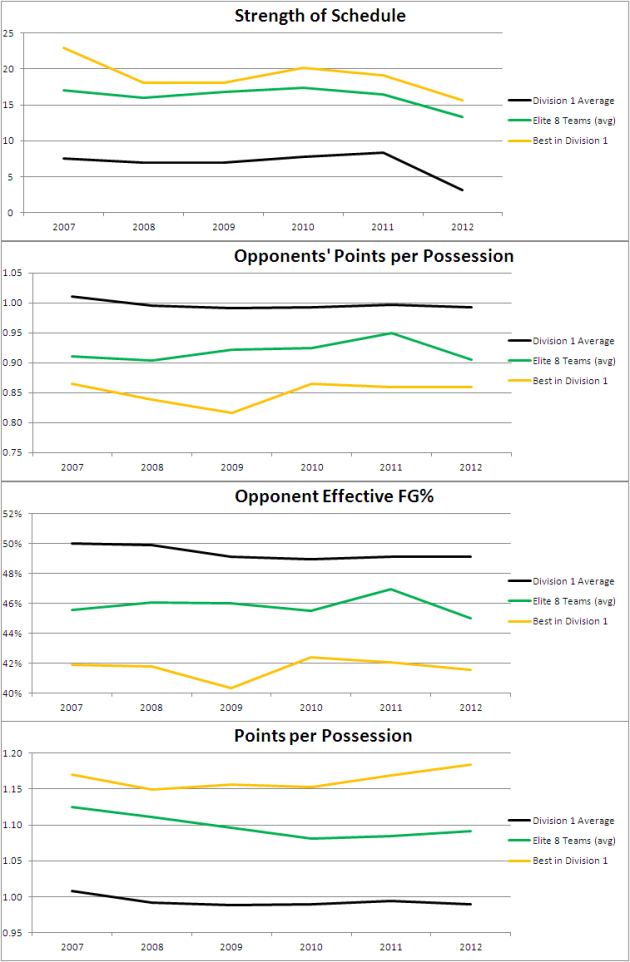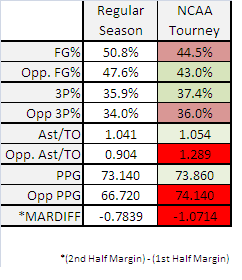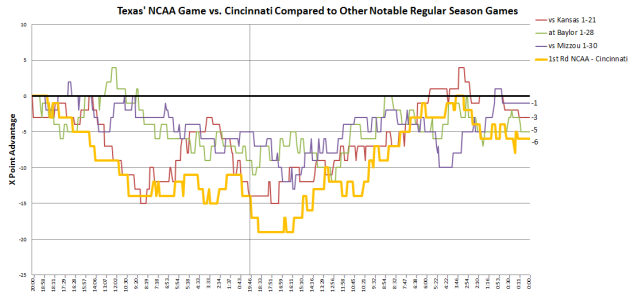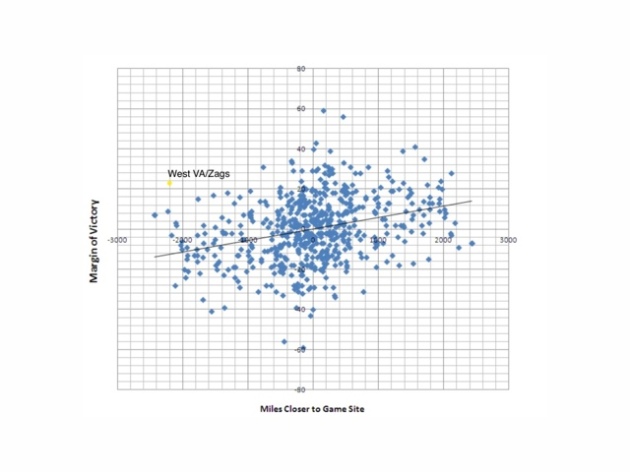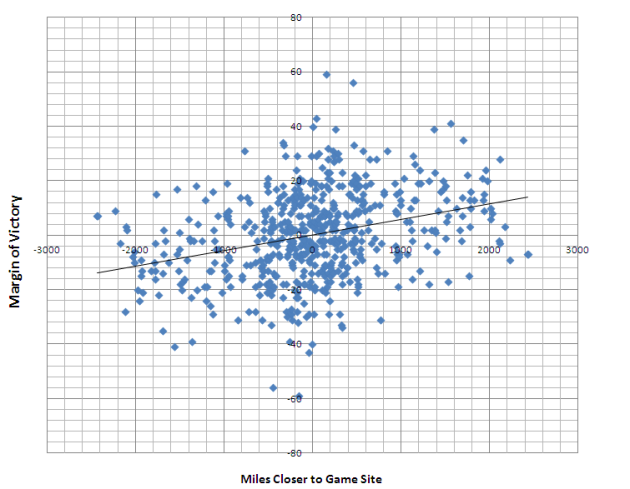The Final Four: Preseason AP Poll Accuracy
March 29, 2012 Leave a comment
A recent blog post by Ken Pomeroy got me thinking about the preseason AP college basketball poll.
Clicking some of the links within the post made it apparent that, despite having never seen the teams play a real game, the AP voters have been fairly consistent in predicting future success.
As mentioned in this post, once the regular season begins, most AP voters tend to follow an unwritten set of rules (ex. If you lose, you drop. If you win, you move up).
However, in the preseason there isn’t much outside pressure and each voter is able to rank the teams in an organic way. While voters may have a couple of sleeper teams in their top 25, once the ballots are combined it provides a fairly accurate projection…
“The end result is that it provides a better picture of the state of college hoops before the season begins than any single person or algorithm could produce. It’s informed groupthink at its finest.”
Also from the blog post: The preseason #1 has made it to the title game a total of 10 times compared to just six for the final #1.
After looking at the results, of the nine Final Four teams that were unranked in the pre-tournament poll since 1986, five of them were ranked in the preseason poll. (I originally saw ten pre-tourney unranked teams, but received a correction from Pomeroy himself. I’ll blame that on the V-lookup).
By simply adding up the numerical rankings of the teams who have made the Final Four (in the preseason and pre-tournament polls), you’re able to compare the accuracy. The chart below contains data from 1969-2011, separated into four-year segments.
The preseason poll is worse, but not by much. Especially in the last fours years.


